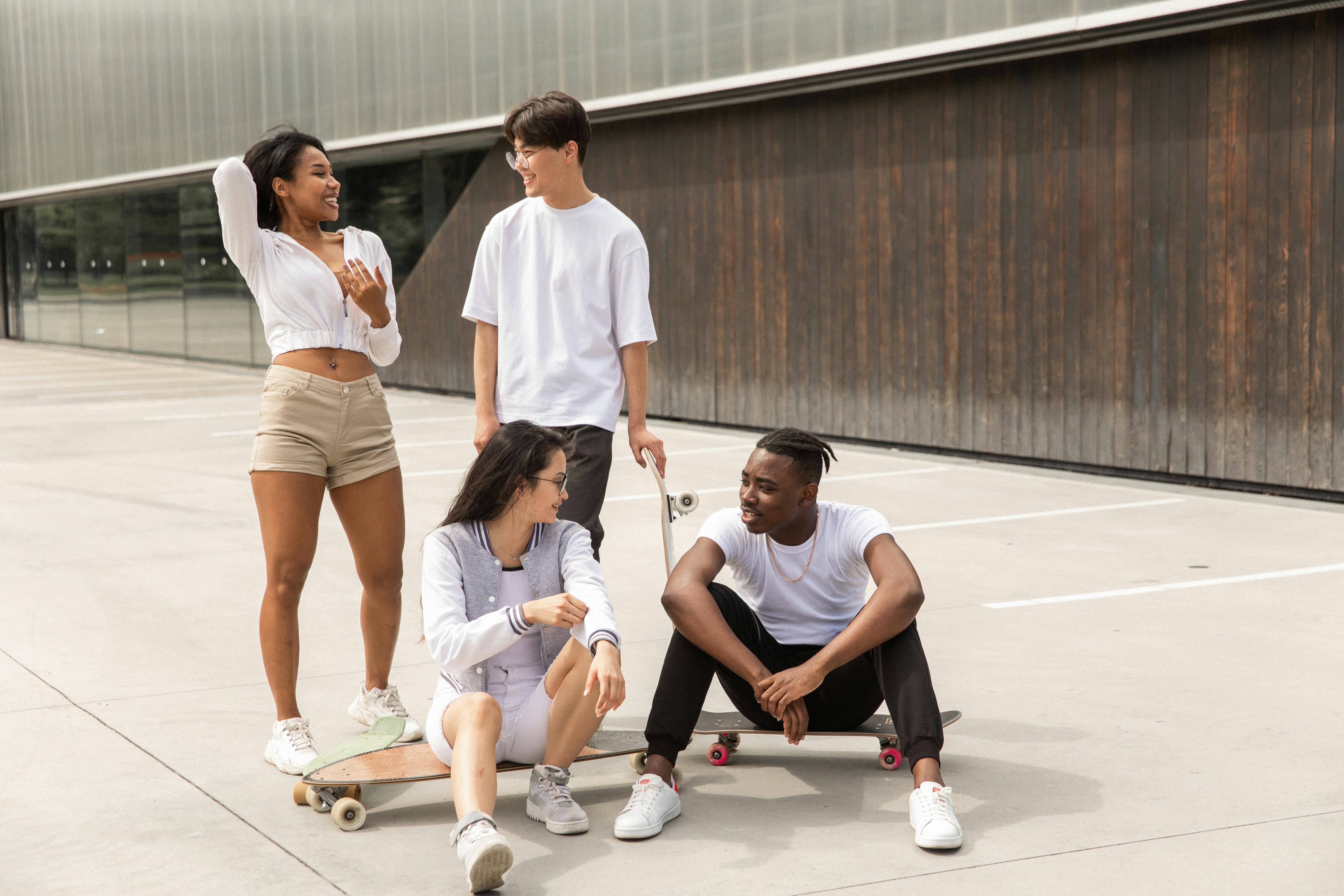In Japan, the New Year is the most important holiday. People say “ake-mashite-omedetou-gozaimasu” (meaning “Happy New Year”) to each other every time they meet for the first time in the New Year. Events are widely celebrated and enjoyed, most businesses are closed January 1-3, except for a few retailers. Many people who have moved to big cities will return home for the holidays to be with family and friends. Since most businesses are closed for the first three days of the New Year, the streets tend to be very quiet, except for those near the temples and shrines.
Before the New Year, the Japanese often have bonenkai party that was held between office colleagues and bosses. The word “bonenkai” means “feast to forget the old year”. The holiday is intended to forget the unpleasant memories of the passing year, as well as to welcome the New Year. At the party, the bosses will usually tell all their stuff to be Breiko (means forgetting your position and being rude!).
omisoka It is New Year’s Eve and is the second most important day of the year in Japan. The Japanese are very busy with omisoka because they need to do house cleaning (called osoji) to get rid of the dirt of the passing year. Everything has to be cleaned up before New Year’s Day. The newly cleaned house is adorned with certain auspicious images like kadomatsu and shimekazari. After the cleanup, the Japanese will have the biggest dinner of the year.
At the end of the day, usually around 11 pm, it is very common to have toshikoshiudon gold toshikoshisoba, a kind of Japanese noodle. Long noodles are eaten to symbolize long life. Joya is New Year’s Eve night. Shortly before midnight, temples and shrines across Japan ring their massive bells 108 times, a precaution meant to drive away the sins of the previous year and ensure a fresh start.
Japanese New Year celebration (called shogatsu in Japanese) takes place from January 1 to 3, the first day of the New Year is called win and it is a national day in Japan. Families often get together to spend the days together. During shogatsupeople eat special dishes called osechi ryori which is packed in a Jubako box and has several layers. Each dish has a particular meaning. For example, kuromame (sweet black beans) for health, prawns for long life, kurikinton (chestnuts and sweet potato puree) for happiness, tazukuri (terriyaki try small sardines) for a good harvest, kazunuko (herring roe) for fertility, etc. It is also traditional to eat mochi (rice cake) dishes during the New Year holidays. The most popular mochi dish is zouni (rice cake soup). But of course, the ingredients vary according to regions and families.
There is a custom of giving money to children during these holidays (it is called otoshidama). It would be a good idea to prepare some money in small decorative envelopes if you are going to family gatherings. On the first day of the New Year, the Japanese often visit a temple or shrine to pray for safety, good fortune, and health. This first visit to a shrine or temple is called hatsumoude in Japanese (which means ‘first visit’) and is one of the most important rituals of the year.

